Basement Insulation Vapor Barrier
jp2969
12 years ago
Related Stories

REMODELING GUIDESCool Your House (and Costs) With the Right Insulation
Insulation offers one of the best paybacks on your investment in your house. Here are some types to discuss with your contractor
Full Story
GREEN BUILDINGInsulation Basics: Heat, R-Value and the Building Envelope
Learn how heat moves through a home and the materials that can stop it, to make sure your insulation is as effective as you think
Full Story
MATERIALSInsulation Basics: What to Know About Spray Foam
Learn what exactly spray foam is, the pros and cons of using it and why you shouldn’t mess around with installation
Full Story
GREEN BUILDINGInsulation Basics: Natural and Recycled Materials
Consider sheep’s wool, denim, cork, cellulose and more for an ecofriendly insulation choice
Full Story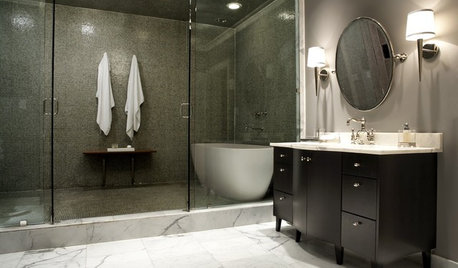
BATHROOM DESIGNHow to Choose Tile for a Steam Shower
In steamy quarters, tile needs to stand up to all that water and vapor in style. Here's how to get it right the first time
Full Story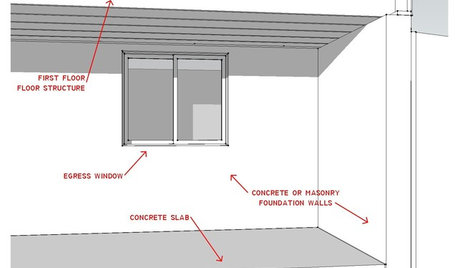
REMODELING GUIDESKnow Your House: The Steps in Finishing a Basement
Learn what it takes to finish a basement before you consider converting it into a playroom, office, guest room or gym
Full Story
BASEMENTSDesign Workshop: Is It Time to Let Basements Become Extinct?
Costly and often unnecessary, basements may become obsolete — if they aren’t already. Here are responses to every reason to keep them around
Full Story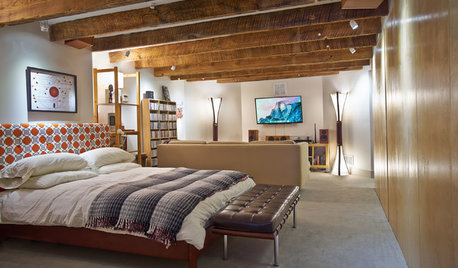
BASEMENTSRoom of the Day: Swank Basement Redo for a 100-Year-Old Row House
A downtown Knoxville basement goes from low-ceilinged cave to welcoming guest retreat
Full Story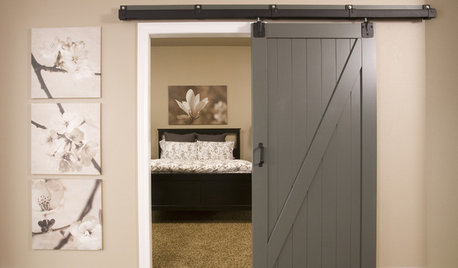
BASEMENTSA Raw Washington Basement Gets Serenity Now
Neutral tones and custom storage infuse a family's newly finished basement with a restful air
Full Story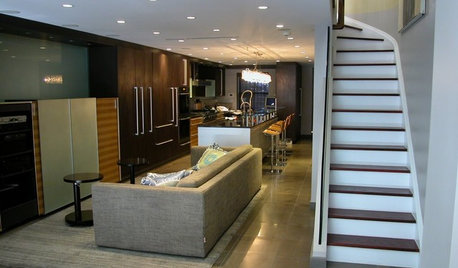
10 Tips for Decorating a Renovated Basement
Nearing the end of a basement remodel? Now comes the fun part: decorating. Follow these tips to outfit it smoothly and stylishly
Full StoryMore Discussions






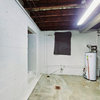


worthy
andrelaplume2
Related Professionals
Amarillo General Contractors · Bel Air General Contractors · Modesto General Contractors · Park Forest General Contractors · Rossmoor General Contractors · Salem General Contractors · Walnut Park General Contractors · Caledonia Interior Designers & Decorators · Apple Valley Flooring Contractors · Brookline Flooring Contractors · Gilroy Flooring Contractors · Hudson Flooring Contractors · Jenison Flooring Contractors · Lake Elsinore Flooring Contractors · Santa Cruz Flooring Contractorsjp2969Original Author
andrelaplume2
worthy
jp2969Original Author
worthy
jp2969Original Author
worthy